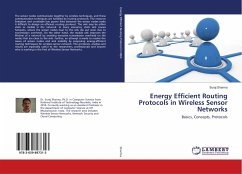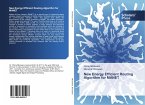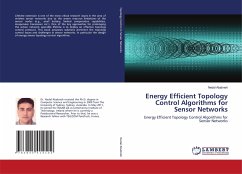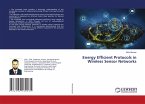The sensor nodes communicate together by wireless techniques, and these communication techniques are handled by routing protocols. The resource limitation and unreliable low power links between the sensor nodes make it difficult to design an efficient routing protocol. The sink may be either static or mobile in the network. In many scenarios, static sink causes hotspots, where the sensor nodes near to the sink die out soon due to transmission overhead. On the other hand, the mobile sink improves the lifetime of a network by avoiding excessive transmission overhead on the nodes that are close to the sink. Further, an attempt is made to resolve the issues of sensor nodes and sink mobility by proposing energy-efficient routing techniques for wireless sensor network. The protocols, analysis and results are especially useful to the researchers, professionals and anyone who is working in the find of Wireless Sensor Networks.








